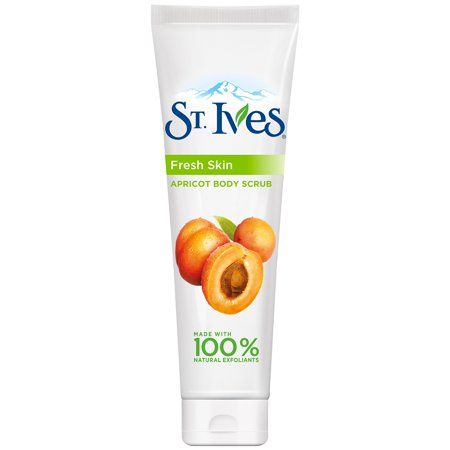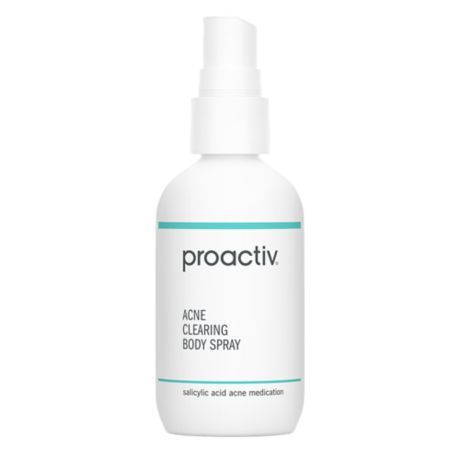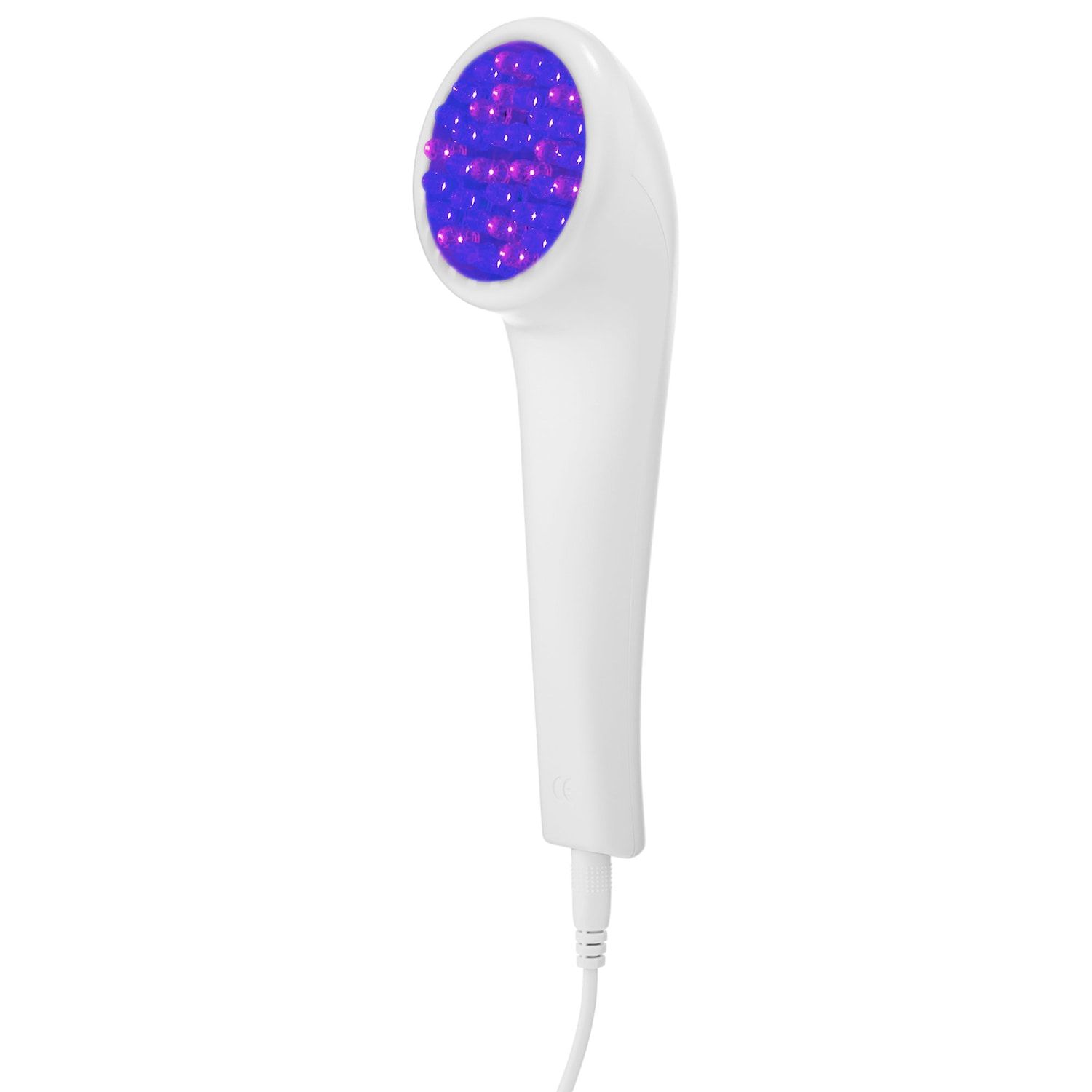It sucks enough when you have a zit on your face—but down by your boobs?! Life is truly unfair. Don’t worry-—there are ways to get rid of chest acne.
Still, you can console yourself with the fact that chest acne is not exactly rare. “The chest is a very common place for acne to form,” says dermatologist Marnie Nussbaum, MD. “Just like on our face, shoulders, or back, the chest’s sebaceous glands can become overloaded with oil, causing clogged pores, which results in inflammation and the formation of pimples or whiteheads.”
If you’re prone to boob sweat, you might be especially vulnerable: “Breakouts can also occur from dermatitis, which is the result of irritation from clothing friction, exacerbated by sweating,” says Dendy Engelman, MD, a dermatologist in New York City.
Plus, there’s the fact that most people don’t give the skin on their chests the same TLC they give to their faces, says Bradley Bloom, MD, a dermatologist in New York. So yeah, it’s time to give your boob region some love.
Here’s how to get rid of chest acne, according to dermatologists.
1. Pay attention to your workout gear.
Fitted workout gear is cute and all, but it can also lead to sweat accumulation and friction which opens the door to breakouts. Wear clothes made of breathable fabrics, suggests Dr. Nussbaum, who notes that cotton is best.
2. Change out of those sweaty clothes ASAP.
You’ll want to change out of any sweaty clothes as soon as your workout is over and shower ASAP to prevent your pores from clogging. If you can’t rinse off immediately, change and then wipe down the chest area with a cloth or a wipe for the time being to unclog your pores, says Dr. Nussbaum.
3. Exfoliate regularly.
Sloughing off dead skin is just as important for the body as it is for the face. “Exfoliating one to two times a week will buff away dead skin cells that can clog pores and form pimples,” says Dr. Nussbaum. Try a body scrub with a physical exfoliant like St. Ives’s.
4. Try a benzoyl peroxide body wash.
Fancy scented body gels are fun, sure, but if you have a serious case of chest acne, benzoyl peroxide is your best bet here.“Benzoyl peroxide is a great ingredient for acne on the chest because it kills bacteria that live in pores but also helps to unclog them,” says Dr. Bloom.
You’ll notice that it comes in different strengths; Dr. Bloom suggests starting out at a four to five percent concentration, and moving up to a stronger formula if your skin doesn’t get irritated and your acne hasn’t cleared up.
5. Or go for a salicylic acid cleanser if you’re sensitive.
If even a low-grade benzoyl peroxide wash aggravates your skin, salicylic acid is a tame alternative. Dr. Nussbaum recommends an OTC option, such as Neutrogena Body Clear Body Wash. “A dermatologist can also prescribe these body washes in higher potencies if needed,” she adds.
6. Check your laundry detergent.
“It’s possible that you can be allergic to certain chemicals or scent in the detergent,” cautions Dr. Engelman. “Use dye-free, fragrance-free detergents and fabric softeners. It’s often scents and dyes that cause the problem.”
The tricky thing is the majority of laundry detergents and fabric softeners include fragrance, even some marketed for babies. So, be extra careful and read the fine print.
7. Take your vitamins.
Sure, it’s always best to get your nutrients from foods—but if switching up your diet isn’t doable, it might be worth looking into a multivitamin, advises Dr. Engelman. “Zinc in a vitamin reduces skin inflammation, while vitamin E can help heal your skin and help reduce the look of scars,” she adds.
8. Use a treatment.
“The good news is that body acne can be treated with the same products and ingredients that you use for your face,” says Dr. Engelman. Apply treatments directly on breakouts to clear them up ASAP. Dr. Engelman recommends using ones containing benzoyl peroxide or salicylic acid. Proactiv Acne Clearing Body Spray comes in spray-from, so it’s easy to use on your bod.
9. Chuck thick lotions.
To keep your pores gunk-free, Arielle Nagler, MD, medical director and assistant professor of dermatology at NYU Langone, recommends sticking to a lightweight moisturizer that goes easy on the oil—one of many chest acne causes. Allowing your skin to breathe (while making sure you’re not ashy) is a big deal if you want to maintain clear skin on your chest (and everywhere else).
10. Get a chemical peel.
A chemical peel is THE move if you’re looking for relief when it comes to pigmentation, scarring, and pimples themselves, according to Dr. Nagler. The procedure, performed by a dermatologist, removes the topmost superficial layers of the skin leaving behind the smoother and blemish-free skin that was underneath.
11. Cut back whey protein.
“A lot of protein supplements can definitely make acne worse,” says Mona Gohara, MD, associate clinical professor of dermatology at Yale School of Medicine and a Women’s Health advisor.
Even if you’re using an effective acne treatment, the whey—a dairy byproduct that can help promote muscle mass—found in many protein powders can circumvent the TLC you’re showing your chest and even exacerbate your acne. Instead, Dr. Gohara recommends a heart-healthy low-glycemic diet packed with chicken, fish, and nuts for protein.
12. Give light therapy a shot.
For those of you who may be medicine and chemical-averse, Dr. Gohara recommends light therapy. While it sounds intense, it’s something you can administer on your own at home. The waves emitted from various color lights have been proven to be effective anti-inflammatories capable of fighting off bacteria.
13. Make sure it’s actually acne.
If you find your chest acne is not responding to derm-recommended treatments, it might be because you’re not actually dealing with acne at all. “There are some acne doppelgängers out there,” according to Dr. Gohara.
Conditions including folliculitis—infected and inflamed hair follicles— tend to look a lot like acne and get treated like acne when they actually call for very different remedies. Check in with your dermatologist to make sure acne treatments are really what you need.
Source: Read Full Article




